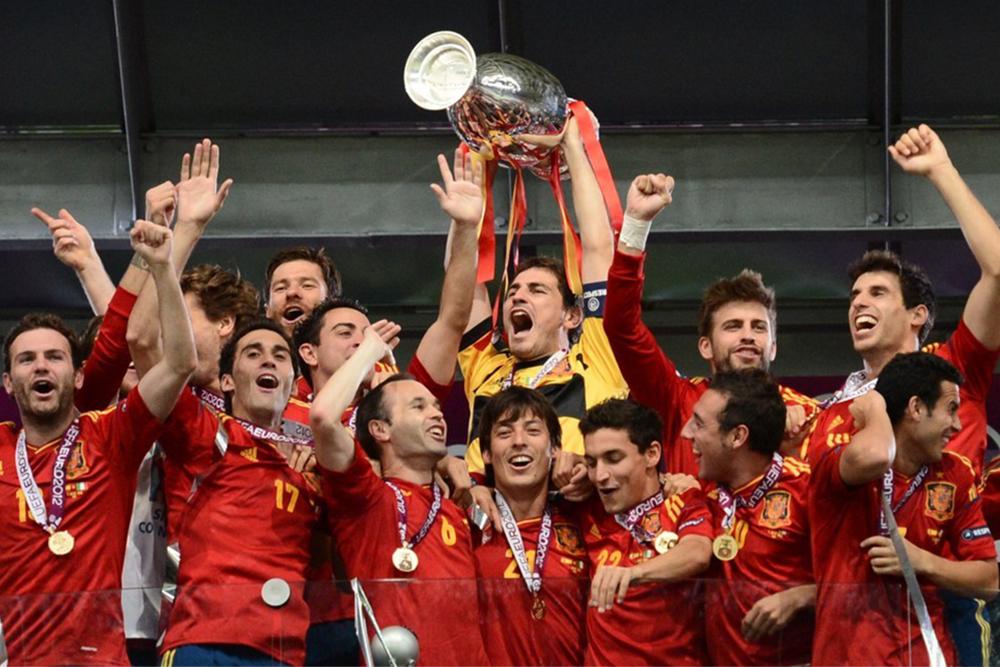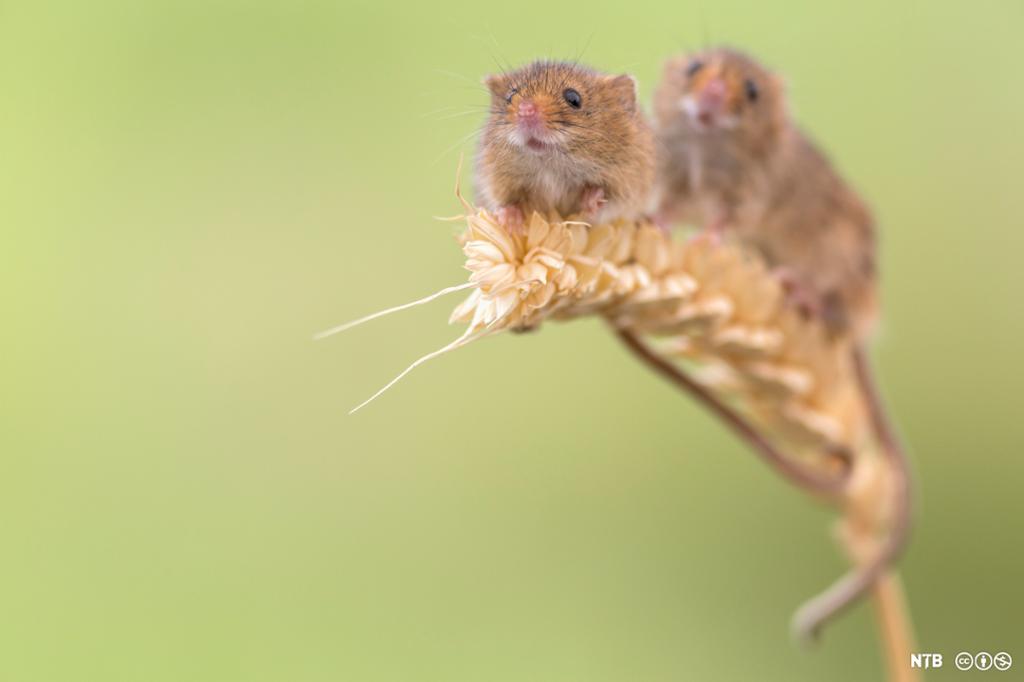Tasks: Collective Nouns
Work with partners.
What was your favourite example of a collective noun mentioned in the article you just read? Explain why.
Why do you think there are so many different collective nouns?
There are especially many collective nouns for animals. Why do you think that is?
You will find various pictures in the box below. Describe the pictures using collective nouns. Use bold print to highlight the collective nouns you use.
In this quiz, you will be asked to add the correct collective noun or to answer questions about collective nouns.
In the first question there is more than one correct alternative, so select all you think are correct.
Choose one of the tasks.
Write a poem with at least three stanzas in which you use as many collective nouns as you can. The poem should have an identifiable theme, and it should rhyme.
Write a short story where you use as many collective nouns as you can. The short story should be at least 350 words long.
Write an opinion text with the title "The Creative Use of Collective Nouns Enriches Our Language". The text should be no less than 350 words.
We can use collective nouns in unusual ways to create humorous, satirical or thought provoking effects. Collective nouns can conjure images that help bring our meaning across.
When we play around with collective nouns, we should think carefully about what connotations they have. A few years ago the Prime Minister of the United Kingdom (David Cameron) got into trouble for talking about 'a swarm of migrants'. Critics pointed out that using the collective noun 'swarm' was dehumanising, as it is used about insects.
Examples of playing around with collective nouns:
A riot of holiday fun.
A riot is a violent uprising. Here the connotation is that there is so much fun it is out of control.
a coalition of teenagers
Coalition is more commonly used about cheetahs or in politics. Here, the connotation could be that the teenagers are powerful and shrewd, and working together.
a gaggle of aunts
Here, the collective noun is more commonly used about geese. The onomatopoeic nature of the word 'gaggle' makes us think of the sound that geese make, and the connotation is that the aunts are making a lot of noise chatting and laughing.
Make your own examples:
Play around with collective nouns and use them to describe something or someone they have not described before.
Make at least three examples and share them in a group. First, find out how the group interprets your example, then explain what you wanted to express.
It is also possible to create brand new collective nouns. Here, only your creativity sets the limits.
Think about a group of someone or something, and think of a fun new way to describe the group.
Examples:
A sneer of film critics.
Here the invented collective noun suggests that film critics are often less than impressed by the films they review.
A chuckle of comedians.
Here the invented collective noun plays on the fact that it is a comedian's job to make people laugh.
A tangle of phone chargers.
Here the invented collective noun plays on the fact that if two or more phone chargers are stored together, their cords are likely to get tangled.



